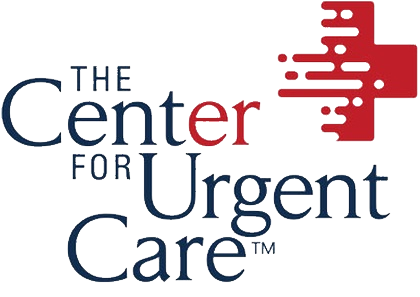These are hardened particles that form inside your gallbladder.
This small organ plays a role in digestion.
It stores bile, a digestive fluid that helps break down fatty foods and eliminate waste from your body.
Causes
Gallstones may develop because of an imbalance of cholesterol, salt or other substances in your bile. A gallstone can be as small as a grain of sand or as large as a golf ball. You can develop many gallstones, or just one.
Risk Factors
Gallstones are more common in women, and in people age 60 and older. Your risk is higher if you are pregnant. You have a higher risk if you take birth control pills or certain medications. People who have diabetes have an increased risk. Your risk is higher if you are overweight or obese, if you have lost a lot of weight quickly, or if you don’t eat a proper diet. And, your genetics may make you more likely to develop gallstones.
Symptoms
You can have gallstones without having any symptoms. But if a gallstone blocks a bile duct in your body, you can experience a sudden, painful episode. This is called a “gallbladder attack.” It can last from minutes to hours. It can cause intense pain in the center or in the right side of your upper abdomen. You may feel pain between your shoulder blades. You may feel pain in your right shoulder. A severe gallbladder attack can cause serious complications and requires immediate medical care.
Treatment Options
Gallstones that do not cause problems may not require any treatment. If your gallstones are causing symptoms, you may benefit from medications that can dissolve the gallstones. You may also benefit from surgery to remove your gallbladder.


